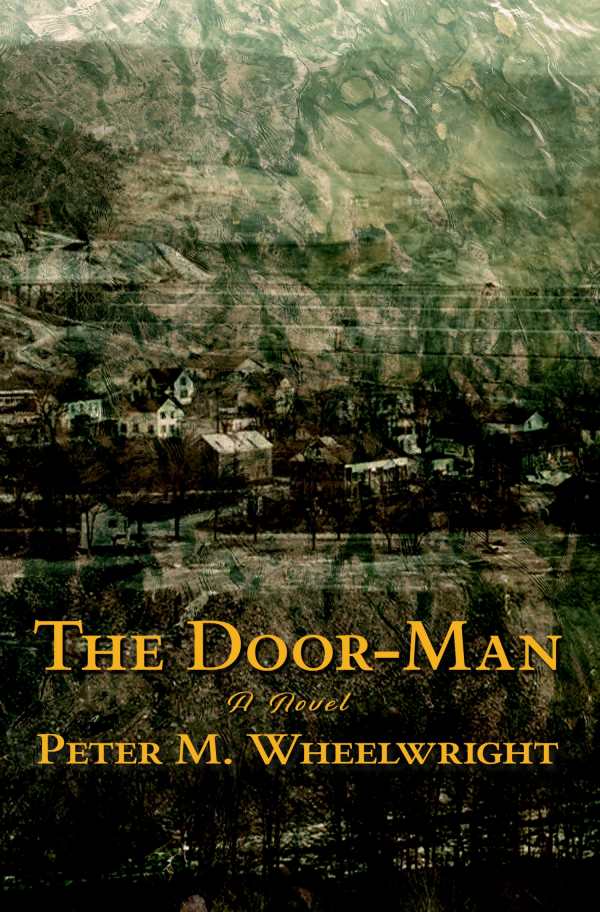The Door-Man
The Door-Man is a luminous historical novel about patriarchal mistakes, women’s loves, and haunted sons.
In Peter M. Wheelwright’s historical novel The Door-Man, family legacies and the decommissioning of the Central Park Reservoir intrigue a New York City doorman.
Kinsolver is an observant, efficient doorman whose routine job masks his inquisitive mind. He becomes involved in the lives of his building’s rich residents. After discovering items left by his grandmother, Winifred, an early twentieth-century paleontologist, he becomes immersed in a historical inquiry, too.
Kinsolver’s voice is by turns languid and intense. He’s compelling because of the information that he conceals: he has no real need to work as a doorman. Questions surrounding why he chose the role linger, resulting in anticipation. Early hints about a lost and found gun add to the suspense, while transitions between Kinsolver’s habits in the 1990s and people in the past hint at a momentous event—a mystery deepened by strange objects that surface in the reservoir.
The book’s perspective shifts to include Kinsolver’s grandfather, whose town, Gilboa, suffered because of a dam that was designed to supply water to New York City; Kinsolver’s cousins, whose ties to Gilboa are revealed in a slow manner, and whose work at the Museum of Natural History draws Kinsolver in; a relative who worked on the dam’s construction; Winifred, who was called on to examine fossils that were unearthed during the course of the project; and Kinsolver’s father, whose stint with the Florida Civilian Conservation Corps had dark results.
These interlaced stories are as striated as the lands they depict. They include controversies over public projects, matters of science, and the pull of history on ordinary lives. Evocative questions about what’s erased and what’s remade through the use of eminent domain arise. Past relationships are addressed in all of their complexity—as are their patterns. There are gradual disclosures of tragic family alliances. Though it seems coincidental that certain family members live near each other, plausible explanations are given for their proximity.
From New York City’s Museum Mile to a muddy 1920s construction site, the novel captures its settings in vibrant terms. Between objects that are preserved and Gilboa’s losses from the rising water, ideas concerning power emerge, such as about who decides and weighs the worth of items, people, and places. Also present are notions around evolution and geologic time, hinting at the inevitability of change.
Avoiding easy resolutions, The Door-Man is a luminous historical novel about patriarchal mistakes, women’s loves, and haunted sons.
Reviewed by
Karen Rigby
Disclosure: This article is not an endorsement, but a review. The publisher of this book provided free copies of the book and paid a small fee to have their book reviewed by a professional reviewer. Foreword Reviews and Clarion Reviews make no guarantee that the publisher will receive a positive review. Foreword Magazine, Inc. is disclosing this in accordance with the Federal Trade Commission’s 16 CFR, Part 255.

